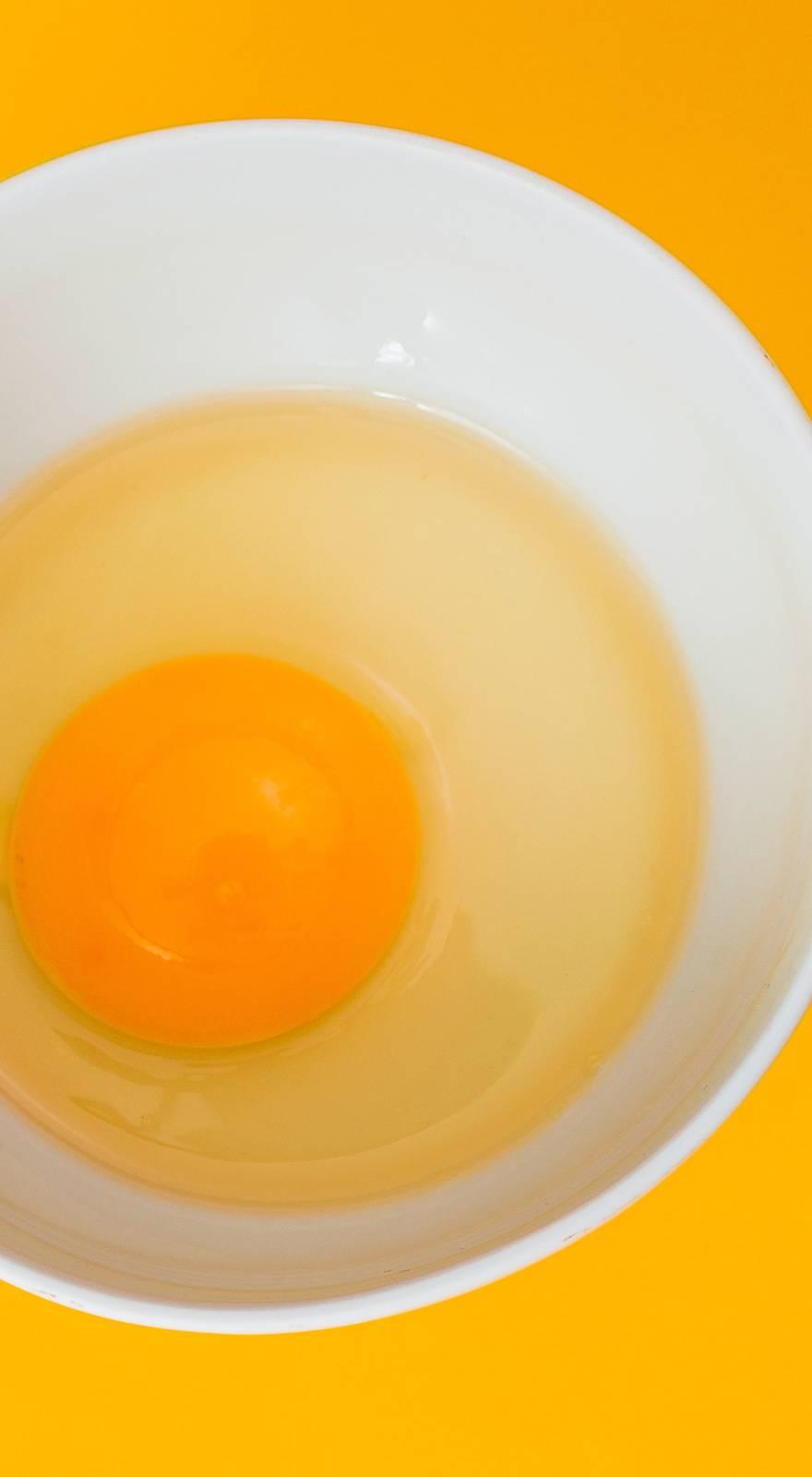Knowde Enhanced TDS
Identification & Functionality
- Pharma & Nutraceuticals Functions
- Technologies
Features & Benefits
- Features
- Luctoman™ is a cold water soluble, natural vegetable galactomannan, yielding high viscosities at relatively low concentrations. There is an “exponential” relationship between concentration of Luctoman™ in water and the viscosity. Whereas a 1% paste would yield a viscous paste, a 3%-5% concentration would give a thick gel. These properties make Luctoman™ unique among the various other natural gums. On a viscosity vs. price basis. Luctoman™ is one of the most effective cold water soluble polymers.
- Compared to Gum Acacia and Starch, Luctoman™ is more economical to use as a 1% paste yields about the same viscosity as 35% paste of Acacia or about 10%-20% paste of Starch.
- The important characteristics of Luctoman™ are the viscosity, particle size, hydration rate and the low microbial counts.
- Luctoman™ is available in various grades with varying viscosities, particle size and hydration rates to suit a variety of applications.
Applications & Uses
- Markets
- Applications
- Applications and suggested uses
As a Tablet Binding Agent
- Luctoman™ is often used as a binder and excipient for tablets based on powdered products. They will not stick to the molds and losses during production with high-speed machines due to bursting of tablets can be significantly reduced.
- 1% – 1.5% paste of Luctoman™ is recommended in products requiring weak binding. Products
- this type usually require a great amount of pressure. Luctoman™ allows the easing-up of pressure and yet does not bind the tablet so that it will not disintegrate. A high viscosity grade is recommended.
- Luctoman™ gives much whiter tablets, with good finish and gloss as compared to Acacia, or Starch and therefore it is very advantageous for uncoated tablets.
As a Tablet Disintegrating Agent
- As a tablet-disintegrating agent, Luctoman™ gives best results when used in a dry form in a quantity of 1% – 2%. However higher concentrations have also given excellent results for difficult disintegration. Luctoman™ may be added at either the granulating (wet) stage or slugged in at the lubricating stage.
- When added at the lubricating stage Luctoman™ not only aids disintegration, but also acts as a partial lubricant. Luctoman™ is therefore more cost effective, as it can replace more costly materials like CMC, Alginic Acid, Sodium Lauryl Sulfate etc.
- When Luctoman™ is added at the granulating stage, the moisture content should be kept low and the wet standing time kept at a minimum to reduce swelling and keep the material from becoming mucilaginous.
In Tablet Coatings
A 2% – 3% use of Luctoman™ with sugar is suggested for tablet coating applications.
As a Viscosifying and Thickening Agent
A 0.1% – 0.25% use of Luctoman™ is recommended for thickening, giving body and good flow properties to syrups and other oral liquids.
General ApplicationsIn products such as capsules and tablets which require high concentrations of Luctoman™ per capsule or tablet, it is recommended that an easily dispersible grade of Luctoman™ be used in conjunction with a dispersing aid. This is most essential to ensure complete dispersion and hydration and to prevent lumping and “dry centers” – unhydrated portions surrounded by fully hydrated particles. Materials capable of being used as suitable dispersing aids include Sucrose, Dextrose and crystalline D-Sorbitol.
- Dispersing Techniques
- Care should be taken while dispersing Luctoman™. It should be gradually added to water under vigorous stirring in order to prevent formation of lumps. Stirring speed can be reduced once the entire quantity has been dispersed. Gentle mixing should however be continued till Luctoman™ has completely hydrated. Care should be taken not to incorporate air into the paste. Most grades of Luctoman™ will yield 90% of peak viscosity within 2 hours.
- Hot water and heat maybe employed to achieve faster hydration, but care must be taken not to boil the paste at elevated temperatures for long periods as thermal degradation may destroy some viscosity.
Regulatory & Compliance
- Certifications & Compliance
Storage & Handling
- Storage Details
- Luctoman™ has a normal shelf-life of 12 months, under our recommended storage conditions and as long as material is unopened.
- However, Luctoman™ being a natural vegetable polysaccharide, is susceptible to bio-degradation through absorption of moisture if left open in unhygenic conditions or is exposed to high humidity. Therefore we recommended that once a unit pack (drum, bag etc.) has been opened, the entire contents should be used in a reasonably short duration.
- Luctoman™ must always be stored in a cool, dry place, away from heat and out of the sun. Being a natural vegetable polymer, Luctoman™ is susceptible to bio-degradation under unhygenic conditions. Therefore we suggest that care must be taken to avoid contamination to material.

